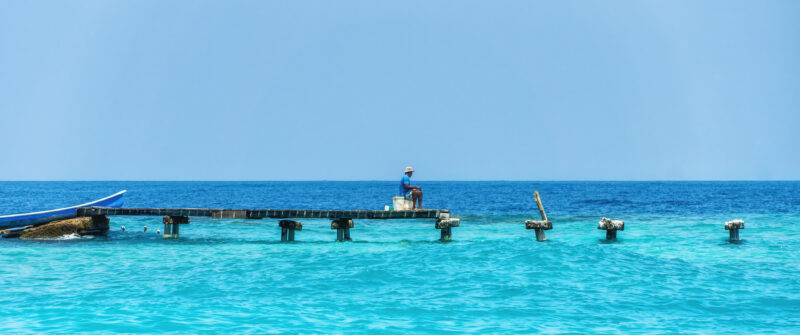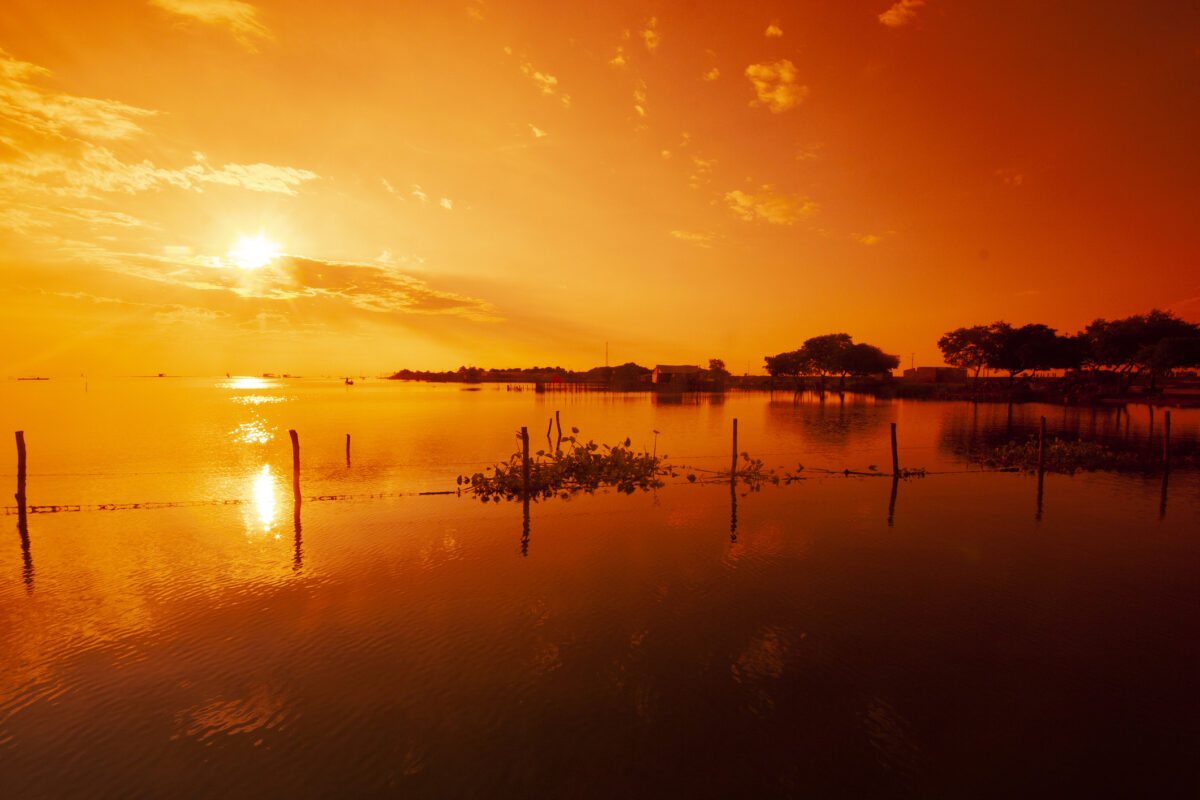Colombia’s Ecosystems and Climate: What Travelers Need to Know Before Visiting
Colombia is famous for its colorful festivals, coffee, and Caribbean beaches — but what truly makes it unique is something deeper: its incredible natural diversity.
In one trip, you can walk through misty mountain forests, explore sun-drenched savannas, and drift along Amazonian rivers — all without ever leaving the country.
Before you pack your bags, it helps to understand why Colombia feels like several countries in one.
In this blog, we’re going to explore:
- What are Colombia’s main ecosystems? – Learn what they look and feel like, and what makes them special.
- How these ecosystems shape the weather – Discover why you can experience cool mountain air and tropical heat in the same week.
- Where to experience them in one place – Find out how Bogotá’s Botanical Garden lets you see (and feel) Colombia’s ecosystems before you even leave the capital.
Whether you’re planning a cultural trip, a nature adventure, or both, understanding Colombia’s ecosystems will make your journey richer — and help you pack smarter too.

What Are Colombia’s Main Ecosystems?
Colombia is the second most biodiverse country on Earth — thanks to its mix of mountains, rainforests, savannas, and coastlines.
Here’s what each ecosystem really looks like, feels like, and where you can visit them:
Páramo
- Altitude: Around 3,000–4,500 m (9,800–14,700 ft)
- Looks like: Misty grasslands and wetlands, dotted with tall, fuzzy frailejones
- Feels like: Cool to cold; fresh, crisp air; sometimes windy and damp
- Why it matters: Acts as a giant sponge that feeds rivers used by millions
- Where to see: Sumapaz Páramo near Bogotá; also recreated at Bogotá’s Botanical Garden
Andean Cloud Forest
- Altitude: About 1,800–3,000 m (5,900–9,800 ft)
- Looks like: Moss-covered trees, orchids, waterfalls, and swirling mist
- Feels like: Cool and humid; mornings often clear, afternoons may turn foggy
- Wildlife: Hummingbirds, orchids, bromeliads
- Where to visit: Cocora Valley, areas near Medellín, or special zones in the Botanical Garden
Tropical Rainforest (Amazon)
- Altitude: Lowland; near sea level
- Looks like: Giant trees, dense canopy, vines, and wide rivers
- Feels like: Hot, very humid, alive with sounds of birds and monkeys
- Why it matters: One of the world’s richest biodiversity hotspots
- Where to see: Leticia (Amazonas); or explore the Amazon greenhouse in Bogotá’s Botanical Garden
Tropical Savanna (Llanos)
- Altitude: Mostly flat, near sea level
- Looks like: Wide open plains, palm-dotted wetlands, winding rivers
- Feels like: Hot and sunny in dry season; dramatic rainstorms in wet season
- Wildlife: Capybaras, giant anteaters, caimans, herons
- Where to visit: Casanare; join a Safari Llanero tour
Dry Forest & Mangroves (Caribbean & Pacific)
- Looks like: Dry forests: thorny trees and bright flowers; Mangroves: tangled roots along tidal shores
- Feels like: Hot, sunny, salty breeze; humid in mangroves
- Why they matter: Protect coasts, serve as nurseries for fish and birds
- Where to see: Tayrona National Park (dry forest), Pacific coast mangroves near Nuquí
How These Ecosystems Shape Colombia’s Weather
Colombia doesn’t have four seasons. Instead, its climate depends on:
- Altitude: Higher = cooler; lower = hotter
- Wet and dry periods: Vary by region
For example:
- Bogotá (2,600 m): Cool all year (avg. 14–18°C / 57–64°F); dry season usually Dec–March & July–August
- Medellín (1,500 m): Mild “eternal spring” (21–28°C / 70–82°F)
- Caribbean Coast: Hot & humid year-round; dry Dec–April, wet May–Nov
- Amazon & Llanos: Hot; dry season Dec–March, wet Apr–Nov
Even during rainy months, mornings are often sunny — most rain comes in afternoon showers.
Practical travel tip: What to pack
- In the Andes: Layers, light rain jacket, sunscreen
- On the coast & Amazon: Lightweight, breathable clothes, insect repellent, hat
- For páramo visits: Warm fleece or jacket — temperatures can drop quickly

Where to Experience All Ecosystems in One Place: Jardín Botánico de Bogotá
If you don’t have time to visit every region, there is a place where you can discover them all in one walk:
the Jardín Botánico José Celestino Mutis, the largest botanical garden in Colombia.
Inside, you’ll find:
- A recreated páramo zone, complete with real frailejones
- Andean cloud forest and dry forest sections
- An Amazon greenhouse with tropical palms and giant leaves
- Native orchids, wax palms, and medicinal plants
You’ll literally feel the temperature and humidity change from one zone to another — like taking a mini tour of Colombia’s ecosystems in a single morning.
Why it matters for travelers
Understanding Colombia’s ecosystems:
- Helps you pack smarter
- Explains why places feel so different
- Lets you appreciate Colombia not just as a destination — but as one of the most biodiverse countries on EarthStart at the Jardín Botánico de Bogotá to get a sense of the country’s natural variety — then go explore it in real life.
Ready to explore Colombia’s living geography?
From misty páramos and orchid-filled cloud forests to rainbow-colored rivers and sunlit Caribbean coasts, Colombia truly is many worlds in one.
Start your journey at Bogotá’s Botanical Garden to discover these unique ecosystems in a single morning — then step out and explore them for real.
With Circling Colombia’s tailor-made tours, you can experience each region at your own pace, guided by local experts who bring every landscape to life.
